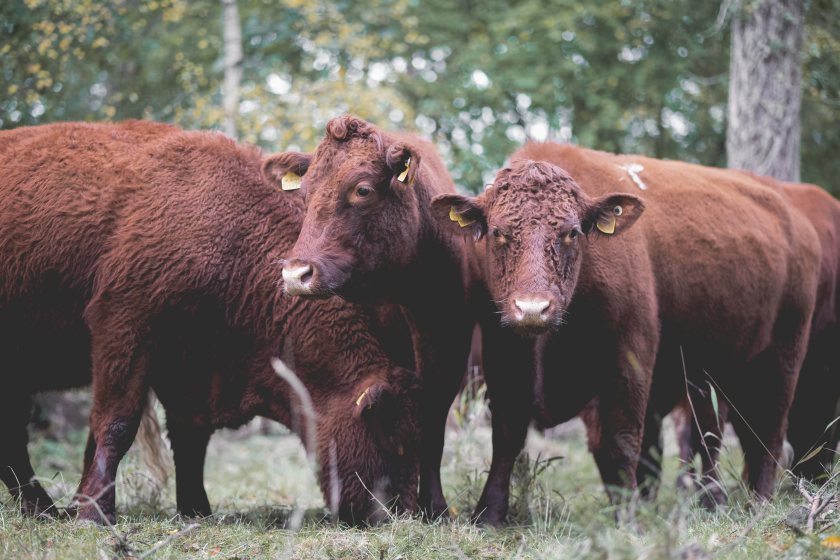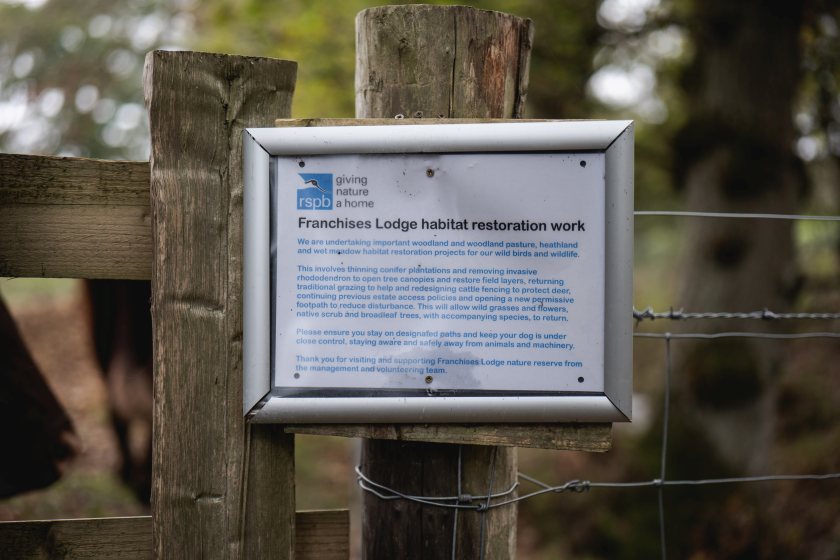
Cattle have been reintroduced to a 1,200-acre New Forest nature reserve to help graze and restore the site, in turn boosting the quality of beef.
It is part of a new woodland restoration scheme launched at RSPB’s Franchises Lodge, located in the north of the New Forest.
Cattle are grazing the reserve’s woodlands, building a mutually-beneficial relationship between commoners, the land and the animals grazing there.
Practically untouched for over a century, the woodlands at Franchises Lodge had previously been described as a ‘secret forest’ when purchased back in 2018.
The area had not seen natural grazing from livestock in that time, until New Forest commoners Andrew and Sarah Parry-Norton set out to change this.
Their Ruby Devon Cows now have the privilege to be the forerunners of the reintroduction of natural grazing into the woodlands, getting first pick of the reserve’s unmanaged growth.
The presence of the cattle in turn helps maintain woodland, keeping invasive species at bay, eliminating competition for growth on the forest floor and allowing some of the forest’s flora to flourish.
But Andrew said it was not just the land that benefitted from this free-roaming grazing: "The more natural diet leads to healthier cows, in turn producing higher quality beef," he explained.

"The beef produced by the Devons grazing at Franchises Lodge will have a fine texture and marbling in the meat thanks to more natural growth."
Andrew, who is a member of the New Forest Marque local produce scheme, said the beef would be sold stamped with the New Forest Marque.
"[This] is awarded to produce which has been grown, reared, caught, brewed, produced or processed within the New Forest."
The cattle had previously been grazing in the fields in the reserve to help restore the grasslands, something that hadn’t taken place for over 30 years.
The benefits are already being seen, with a wide range of wild grasses and flowers returning.
Paul Walton, head of environment at the New Forest National Park Authority, said the scheme was a 'fantastic' example of the collaborative work around the New Forest.
"Our precious habitats are bigger, better and more joined-up, extra back up grazing for the commoner’s livestock and supporting local food production."
